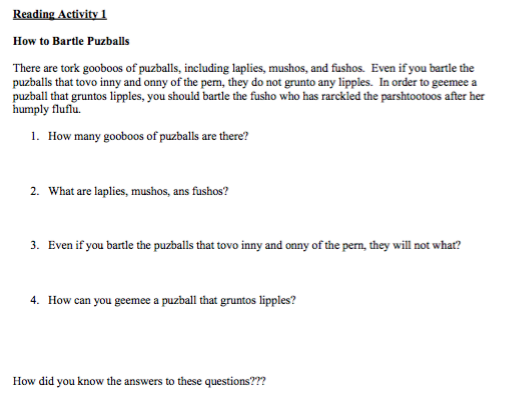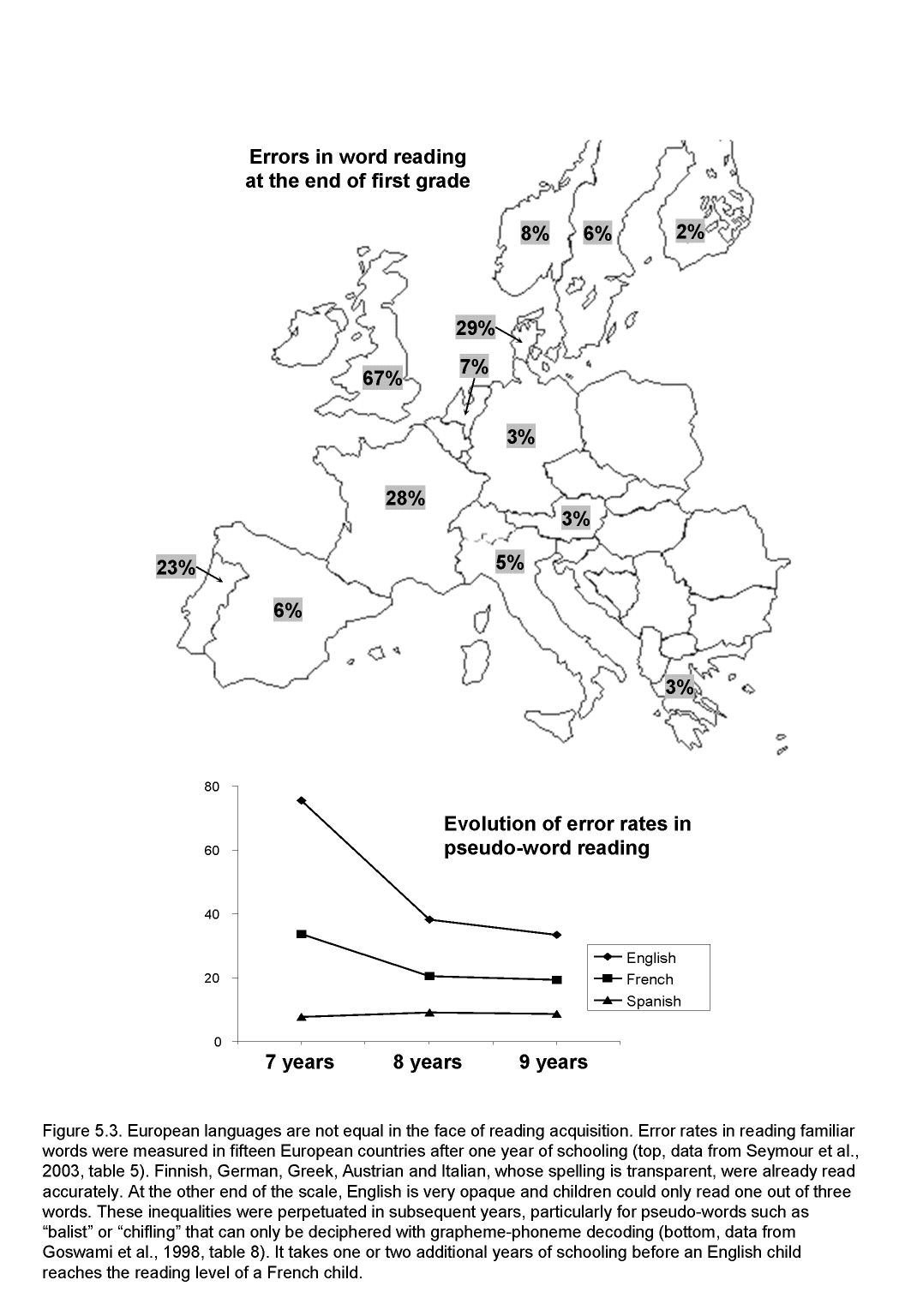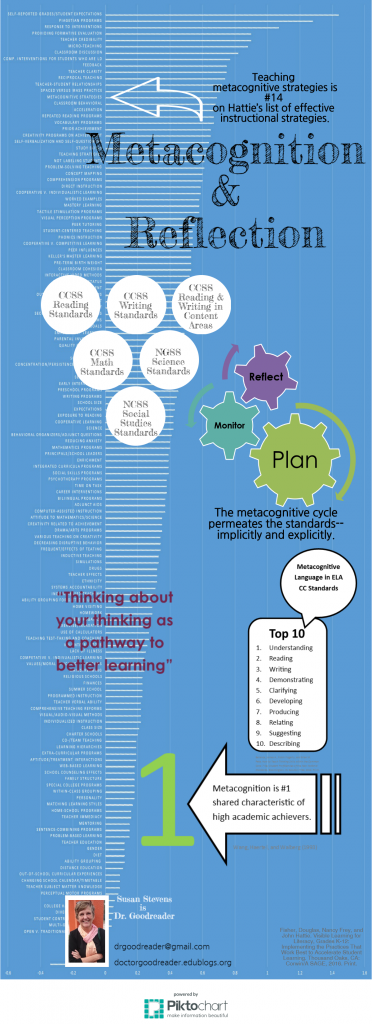I challenged my 8th Grade student to create a flow chart for A Midsummer Night’s Dream that captured the action and the ever-changing relationships of this play. As soon as I gave her this assignment her face lit up and she said she could already see how to do it. I want to share it with you, so you can delight in it as much as I have.
A Drum Roll for My (Our) New Book: The Metacognitive Student
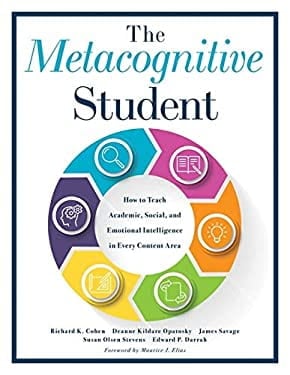 If you were one of the few who wondered why I haven’t been blogging in the last year or two, I’d like to introduce my new book to you: The Metacognitive Student: How to Teach Academic, Social, and Emotional Intelligence in Every Content Area. I co-wrote the book along with
If you were one of the few who wondered why I haven’t been blogging in the last year or two, I’d like to introduce my new book to you: The Metacognitive Student: How to Teach Academic, Social, and Emotional Intelligence in Every Content Area. I co-wrote the book along with
This book is a must-read for teachers, guidance counselors, parents, and administrators. Why? Because it teaches a simple, method for problem-solving in all areas of a child’s life. That’s reason enough, but wait there’s more: This process also helps teachers how to fit SEL (Social and Emotional Learning) easily into their already over-stuffed days. And once students internalize this process they can easily transfer this learning from one area to another.
We believe that this book is very much needed during this time when we all are facing unprecedented challenges in our lives. Please read our Solution Tree blog entitled Metacognitive Strategies for Improving Students’ Mental Health to see why we think so.
Can You Believe It? Going Full Circle.
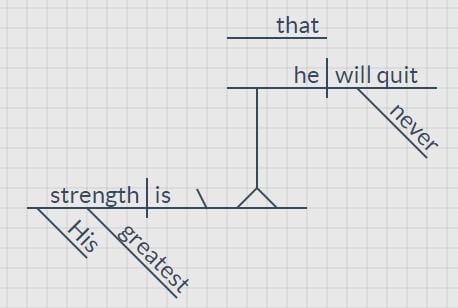 Years ago I taught sentence diagramming in 5th grade, but have only used mentor sentences to teach grammar in the last 8 or 9 years. Now I’ve gone full circle and am back to teaching sentence diagramming and mentor sentences to the two high school girls that I homeschool. We’re on our second year and I really see an impact on their writing and analysis skills. They understand sentence structure and how various structures are used in literature.
Years ago I taught sentence diagramming in 5th grade, but have only used mentor sentences to teach grammar in the last 8 or 9 years. Now I’ve gone full circle and am back to teaching sentence diagramming and mentor sentences to the two high school girls that I homeschool. We’re on our second year and I really see an impact on their writing and analysis skills. They understand sentence structure and how various structures are used in literature.
I’ve bought tons of books about sentence diagramming and my favorite teacher by far is Elizabeth O’Brien with Grammar Revolution: Teach and Learn Grammar the Easy Way. She has a website, books, programs perfect for classrooms and homeschooling, and a YouTube channel with upbeat videos. She also introduced me to the Let’s Diagram website which allows us to painlessly diagram our sentences.
I decided to make this change because their grammar textbooks spent only a day or two on each topic and then moves on, but sentence diagramming is cumulative. My students are completely comfortable talking about independent and dependent clauses, phrases, the parts of speech, and varied sentence structures. This gives us a vocabulary to use when we speak about their writing. We even find ourselves mentally diagramming sentences as we read to figure out how the author structured his sentence and why it works so well!
Being Aware of and Managing Your Thinking
 I recently came across a great definition for metacognition in Emily Lai’s, Metacognition: A Literature Review. The definition is “Awareness and management of one’s own thought.”
I recently came across a great definition for metacognition in Emily Lai’s, Metacognition: A Literature Review. The definition is “Awareness and management of one’s own thought.”
When I try to explain what I do with metacognition and reading to my non-educator friends, they often say something like, “I can’t believe you have to teach that to students. It must just be because they’re on computers so much.”
And that makes me wonder if they naturally think about their thinking and manage their thinking or–and this is a terrible possibility–whether they don’t think about and manage their thinking and don’t see the need for it.
I realize now that I was a plot junkie growing up and that if I had been taught reading strategies and self-questioning in school I would have been a much stronger, much more thoughtful reader.
The Little Golden Book of Metacognition
 Last summer I wrote a short, 50-page, book that explains metacognition and how to use it in your classroom. It’s on sale at Amazon for $9.50 in paperback and $1.99 on Kindle. It has many eye-catching full-color illustrations and is designed for the busy teacher who wants to learn the basics or increase their knowledge of metacognition.
Last summer I wrote a short, 50-page, book that explains metacognition and how to use it in your classroom. It’s on sale at Amazon for $9.50 in paperback and $1.99 on Kindle. It has many eye-catching full-color illustrations and is designed for the busy teacher who wants to learn the basics or increase their knowledge of metacognition.
The simplest definition of metacognition is “thinking about thinking to improve learning.” Metacognition includes knowing what you know and what you don’t know; understanding person, task, and strategy variables; planning, monitoring, evaluating and reflecting. Metacognition is an invaluable skill for learning in every area: academic, socio-emotional, the arts, physical education, and service education. It is an integral part of Emotional Intelligence, 21st Century Skills, Problem Solving, Fixed/Growth Mindsets, Critical Thinking, Executive Functions as well as Inquiry Learning and Problem-Based Learning. Learn how to strengthen your metacognitive teaching skills and revitalize your teaching life while doing it, as you create a community of thinking in your classroom.
Metacognition Presentation for Teachers in Metuchen
I recently presented a couple of workshops for administrators and teachers in Metuchen, New Jersey. Here is the presentation.
Filling the Gaps
I recently taught a teacher workshop in Pennsylvania, which was aimed at areas for growth in many Christian school (and public school, for that matter) curricula. Certainly, not all Christian schools share these same areas for growth, but many do–especially the curricula which are touted as “teacher-proof” so that anyone can do the teaching. I’m a strong proponent of Christian schools, so please do not think that I am criticising; I just encourage continual growth in any school. Here is the slide set from that workshop and a few of the activity sheets.
 Loading...
Loading...
Here is the Bartling Puzzballs worksheet, which is an exercise from Kelly Gallagher:
Reading in the Brain by Stanislas Dehaene
I just finished reading Reading in the Brain. While I cannot recommend it as a practical teaching resource, it did remind me what an immensely difficult task reading is–especially learning to read in English. The more transparent a language, the faster children learn to read as you can see in Figure 5.3 from RitB.
Not only is English, itself difficult to learn, but children need to learn to read it in many fonts, sizes, and styles.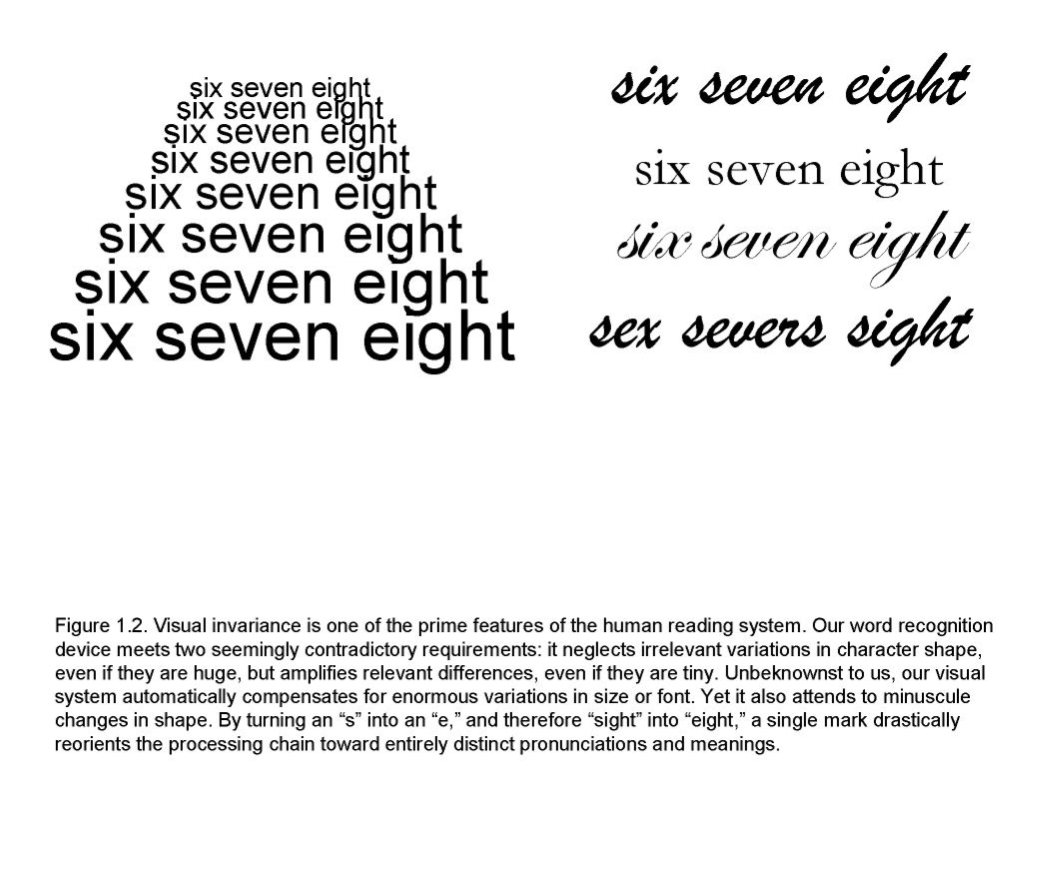
The process of learning to read is yet unknown, but knowledge is growing every day.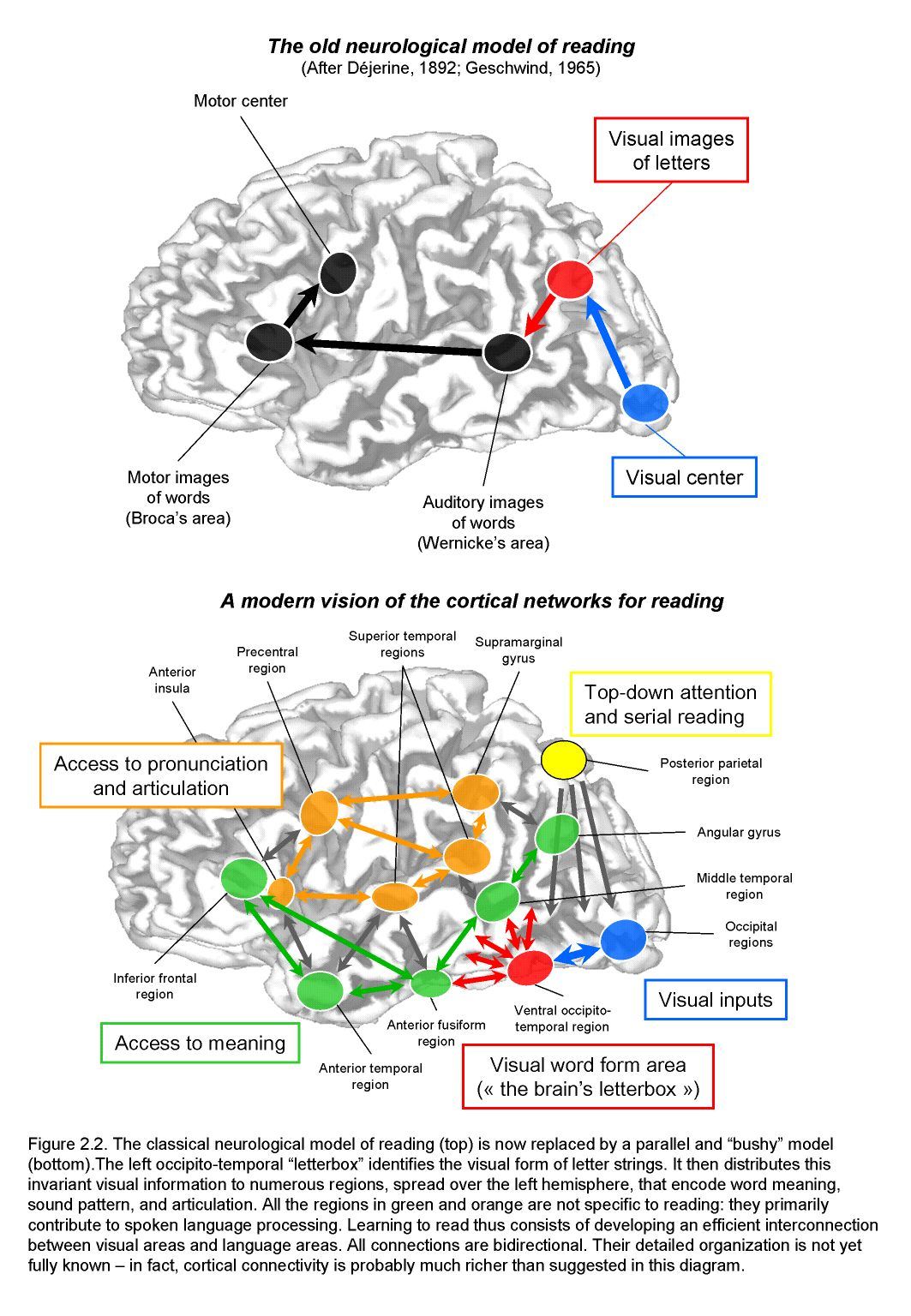
Here is one representation of the process that takes place in our brain when we read a word out loud:
Is it any wonder that we sometimes struggle when we teach reading? We need to remind ourselves of the amazing accomplishment that reading is for our students.
Shame on Me!
When I published Dr. Goodreader on Kindle in 2012 soon after publishing it on Create Space, I just assumed that it would format correctly as I had it in the paper version. In 2015 I was on a conference call with Grant Wiggins (Yes, the Grant Wiggins of UbD) and my friend, Rick Cohen. Grant told me that my book–especially the beginning–resonated with him, but was full of formatting errors on Kindle.
Reformatting Dr. G for Kindle has been on EVERY to-do list I’ve made since then, and I finally spent three days getting it right. It is now formatted correctly. It is available for purchase on Amazon for $4.99. If you purchased it previously, improperly formatted, please let me know and I will see if I can figure out how to e-mail you the correctly formatted version for free.

